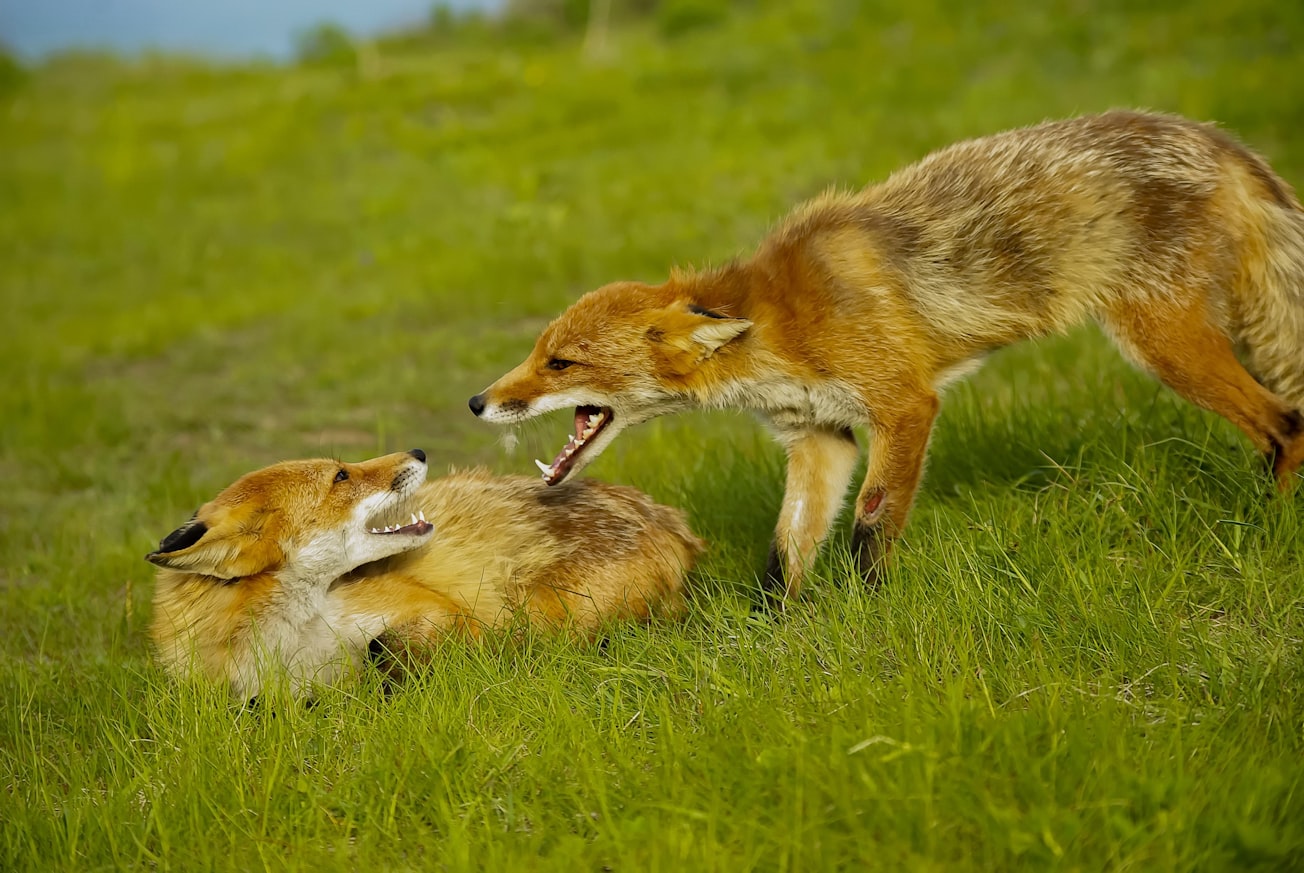What is it about?
Red foxes are common in many cities, which makes them an ideal study species for studying social behaviour in free-living wild canids. We used photos from hidden cameras in urban back gardens, where foxes were fed by the home owners, to study social relationships in 7 fox territories . We identified individual foxes in the photos and used these to study patterns in their social relationships. We saw that foxes socialised mostly within their own territory, but also had relationships with foxes in neighbouring territories. Foxes were most often observed together during cub rearing in spring and summer, and least often during the winter mating season. While relationships between individuals in the same territory did persist between seasons, the shape of the social network changed a lot between seasons due to population dynamics like birth, death and dispersal.
Featured Image

Photo by Lesya Tyutrina on Unsplash
Why is it important?
Using camera traps gave us an up-close-and-personal view of how foxes interact at feeding areas throughout the year. This is one of the first studies to apply social network analysis to red foxes and to camera trap data. We showed that foxes interact more than previously thought, at least at feeding areas. We also showed that foxes from different territories meet more regularly than one might expect: being aware of this mixing between territories could help land owners understand how best to manage foxes in areas where they are unwelcome, and why the removal of individuals is ineffective.
Read the Original
This page is a summary of: Understanding the intricacy of canid social systems: Structure and temporal stability of red fox (Vulpes vulpes) groups, PLoS ONE, September 2019, PLOS,
DOI: 10.1371/journal.pone.0220792.
You can read the full text:
Contributors
The following have contributed to this page










